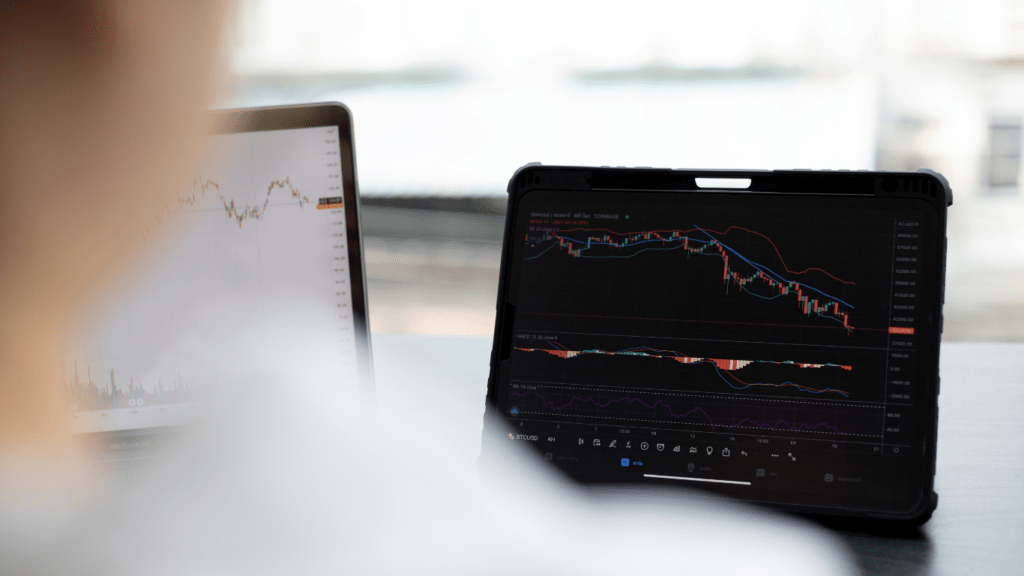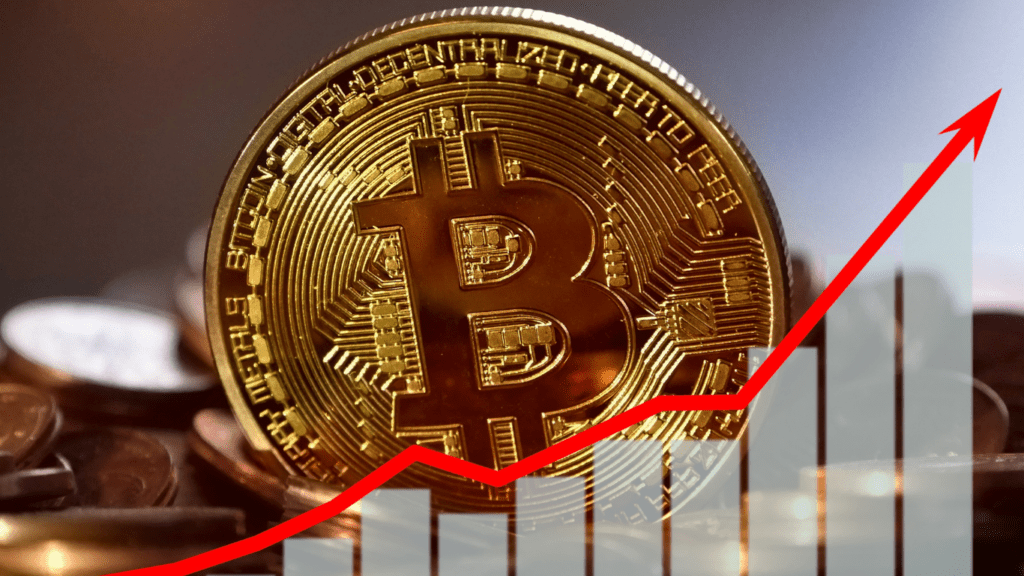In the fast-paced world of finance, the relationship between traditional stock markets and the burgeoning realm of cryptocurrency has become a topic of increasing interest and speculation. As an avid observer of market trends, I’ve delved into the intricate web of connections that exist between these two seemingly disparate entities.
The dynamic interplay between stocks and digital currencies presents a fascinating landscape for exploration. Navigating the fluctuations of stock prices alongside the volatility of cryptocurrencies offers a unique insight into the global financial ecosystem.
Through my research and analysis, I’ve uncovered compelling correlations and divergences that shed light on the complex dynamics at play. Join me on this journey as we unravel the mysteries of how stock markets and cryptocurrency influence each other in ways that may surprise even the most seasoned investors.
Understanding Stock Markets and Cryptocurrency
Exploring the correlation between stock markets and cryptocurrency unveils fascinating insights into the intersection of traditional financial systems and the innovative realm of digital currencies. As an avid market observer, I delve into the intricate dynamics that link these two distinct but interconnected domains, shedding light on the nuanced relationships that shape their fluctuations and interactions.
The evolving landscape of stock markets and cryptocurrency presents a rich tapestry of data and trends that offer valuable perspectives on the global financial ecosystem. By analyzing the fluctuations in both traditional stock values and digital asset prices, I illuminate the correlations and disparities that underpin the intricate dance between these markets.
Stock markets, with their established history and regulations, provide a benchmark for assessing the performance of more traditional assets. On the other hand, cryptocurrencies, characterized by decentralization and technological innovation, introduce a new paradigm in financial transactions and investments.
Understanding the interplay between these contrasting yet complementary worlds is key to deciphering the complex forces at play in the contemporary financial landscape.
Historical Trends in Stock Markets and Cryptocurrency
Exploring the historical trends in stock markets and cryptocurrency unveils intriguing dynamics that shape these financial realms.
Factors Influencing Stock Markets
Analyzing stock markets reveals that factors such as economic indicators, company performance, and market sentiment influence stock prices. Economic data like GDP growth, inflation rates, and unemployment numbers can impact investor confidence and market behavior.
Additionally, company earnings reports, new product launches, and industry trends play a crucial role in determining stock valuations. Moreover, market sentiment, influenced by news events, geopolitical issues, and investor psychology, can drive fluctuations in stock prices.
Factors Influencing Cryptocurrency
The cryptocurrency market is influenced by a distinct set of factors compared to traditional stock markets. Technological developments, regulatory changes, and market adoption significantly impact cryptocurrency prices.
Advances in blockchain technology, protocol upgrades, and security enhancements can boost investor confidence and drive price appreciation. Regulatory decisions by governments and financial institutions can create uncertainty and volatility in the cryptocurrency market.
Furthermore, increased institutional adoption and mainstream acceptance contribute to the overall growth and stability of cryptocurrencies.
Data Analysis Methods
I delve into various correlation analysis techniques to uncover the intricate relationships between stock markets and cryptocurrency.
- Pearson Correlation Coefficient: This method measures the strength and direction of the linear relationship between traditional stock market indices and cryptocurrency prices. A value close to 1 indicates a strong positive correlation, while a value near -1 signifies a strong negative correlation.
- Granger Causality Test: By examining the causal relationship between stock market movements and cryptocurrency price changes, this test helps identify whether one market influences the other or if they operate independently.
- Rolling Correlation Analysis: This technique involves analyzing the correlation between stock market returns and cryptocurrency values over rolling time periods, offering insights into how these relationships evolve dynamically.
- Cross-Correlation Function: Utilizing this method allows me to assess the lagged correlation between stock market trends and cryptocurrency fluctuations, identifying potential lead-lag dynamics between the two markets.
- Principal Component Analysis (PCA): Through PCA, I can explore the underlying patterns and structures within the multidimensional dataset of stock market and cryptocurrency performance, enabling a deeper understanding of their interconnectedness.
By employing these sophisticated analysis techniques, I gain valuable insights into the complex interplay between stock markets and cryptocurrency, shedding light on the underlying dynamics that influence their relationship.
Case Studies on Correlation
Exploring real-world examples can provide valuable insights into the correlation between stock markets and cryptocurrency. Here are some compelling case studies that shed light on this intricate relationship:
Tesla’s Bitcoin Investment Impact:
Following Tesla’s announcement of investing $1.5 billion in Bitcoin, the cryptocurrency market experienced a surge, with Bitcoin’s value reaching new highs. Concurrently, Tesla’s stock price also saw a significant increase, showcasing a positive correlation between the two markets.
This case exemplifies how corporate actions in traditional markets can influence digital assets and vice versa.
Stock Market Volatility and Crypto Price Movements:
During periods of heightened stock market volatility, cryptocurrencies like Bitcoin have demonstrated mixed reactions. While some investors view digital assets as a safe-haven during market turbulence, others witness increased correlation between stock sell-offs and crypto price declines.
Analyzing these fluctuations can provide insights into the interconnectedness and diversification benefits between stock and crypto investments.
Regulatory Developments Impact on Market Behavior:
Regulatory changes, such as proposed bans or new regulations, significantly impact both stock markets and cryptocurrencies. Favorable policies often lead to increased stock prices for crypto-related companies, while negative news can trigger downturns in both markets, illustrating their interdependence.
Investor sentiment in traditional stock markets also affects cryptocurrency adoption. Positive sentiment may encourage diversification into digital assets, further strengthening the correlation between the two markets. Understanding how market sentiment influences investor behavior across asset classes provides insights into the evolving relationship between stocks and cryptocurrencies.
Examining case studies reveals the dynamic correlations and interdependencies between traditional stock markets and the cryptocurrency sector. Each example highlights the complex nature of these markets and the factors shaping their relationship, offering valuable insights for investors and observers.
Future Implications and Recommendations
Understanding the correlation between stock markets and cryptocurrency is crucial for investors and analysts. Recognizing how developments in both areas impact each other can provide valuable insights for strategic decision-making.
As financial markets evolve, adapting to the dynamics between traditional stocks and digital assets is essential. Investors should diversify their portfolios to mitigate risks and capitalize on opportunities arising from this correlation.
Staying informed about regulatory changes affecting both sectors is vital, as regulatory clarity can influence market behavior and sentiment. Additionally, monitoring technological advancements in cryptocurrency, such as blockchain and decentralized finance (DeFi), can provide a competitive edge.
For those looking to leverage the correlation between stock markets and cryptocurrency, thorough research and due diligence are key. Analyzing market trends, monitoring indicators, and staying updated on macroeconomic factors will aid in making informed investment decisions.
Embracing the interconnectedness of these markets presents both opportunities and challenges. By remaining proactive and adaptable to changing dynamics, investors can navigate the complexities of the modern financial landscape effectively.





